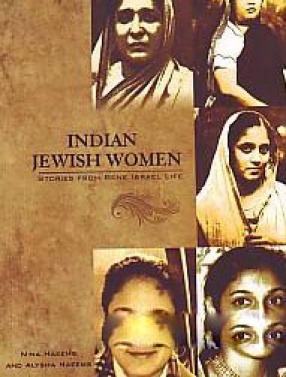
Mosaic Books

Showing all 19 books


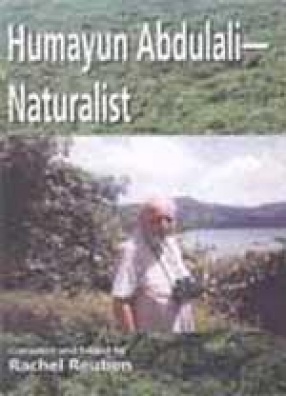



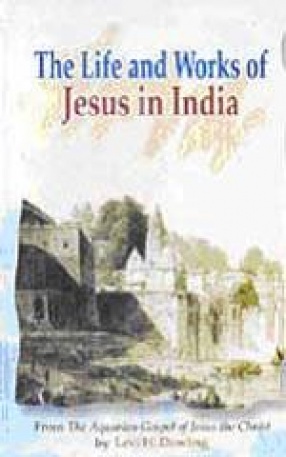

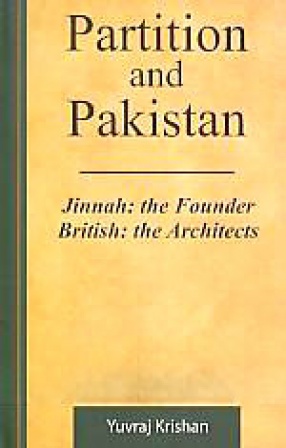

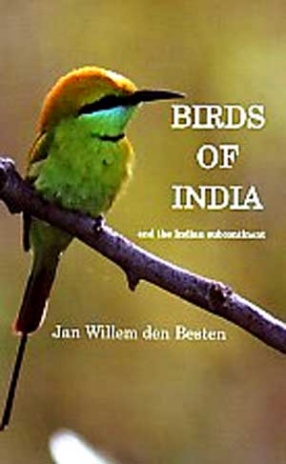
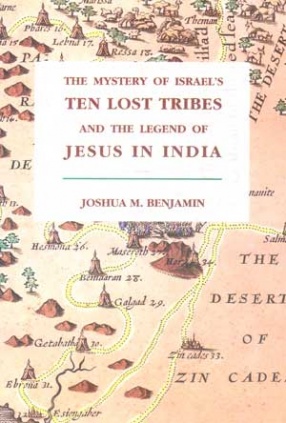
Three thousand years ago and more, on the destruction of their temple in Jerusalem, the two Jewish tribes that comprised the kingdom of Judah and the ten that constituted the kingdom of Israel to the north of Jerusalem were dispersed under the pressure of the invaders-the Assyrians and other hostile nations and empires. The dispersion of the two Judean tribes is fairy well recorded in the Bible and by historians of ancient times; but strangely, that of the ten ...
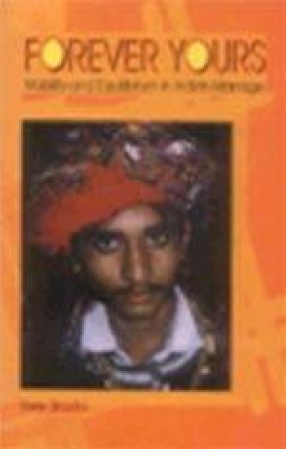
Marriage stands at the centre-point of one’s life-cycle and epitomizes the relationship between two individuals or groups. It denotes, generally, long-term bonds and commitments, in which a relationship with the Divine, for instance, a relationship between villages and their local village Goddesses, is implicitly included. This book is a study of marriage in India. It begins by presenting the concept of marriage in a wide Indian framework. The book discusses ...


This book is a fascinating account of the life of Humayun Abdulati (1914-2001),a pioneer naturalist and conservationist and an extraordinary man. It begins with 3 chapters of an unfinished autobiography written by the late Humayun. His projected outline for the rest has been worked up from his notes and scientific papers, as well as the reminiscences of many who knew him. A final section looks at his personality and achievements. It includes a Bibliography ...

This book is a collection of analytical frameworks, reports of research findings, and suggestions for further research agendas, that attempts to answer these questions. The chapters present an outline of the coming impact of the rapidly spreading HIV epidemic in India, and suggest some of the tools that will be needed to shape policy and programmes in the coming decade to respond to the epidemic and some of the issues that will need to be addressed. The book ...

The Goethe Society of India (GSI) was founded in 1997. it seeks to promote scholarly research on the work of the German writer, poet, thinker, scientist and administrator Johann Wolfgang von Goethe (1749-1832), and on the classical German heritage together with their relationship to contemporary cultural developments. It emphasizes the European context of this heritage and its comparative international dimensions symbolized by Goethe’s notion of World ...
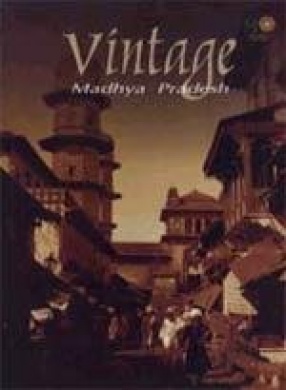
Set in a timeless frame, photographs of 'Vintage Madhya Pradesh' attempt to portray the region, today known as Madhya Pradesh, as it was from the late 19 century to the early 1960s. This compilation of photographs include not only the royal pageantry, pomp and dazzle, festivities and pastimes of shikar and polo, the grand and ostentatious palaces and monuments, the association of the royalty with the British during the days of the Raj that produced its ...

In 1997, a group of children living in resettlement colonies on the outskirts of Delhi formed an organization with the help of the NGOs CASP and Plan India. The children named their organization Bal Panchayat, the children’s council. In the last seven years, the Bal Panchayat has grown from strength to strength, empowering children and bringing a qualitative change in their lives. It has encouraged its members to play a participatory role in matters that affect ...
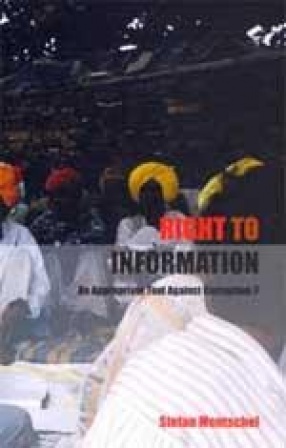
Every year the Indian government spends millions of rupees on the developments of the country’s rural regions – for the construction of roads and canals, for the renovation of schools and hospitals, for emergency help programmes. The aim is to improve the living standards of the rural population. But major parts of the planed infrastructure projects are usually never completed; schools and hospitals in the villages are in poor condition and commodities do not ...
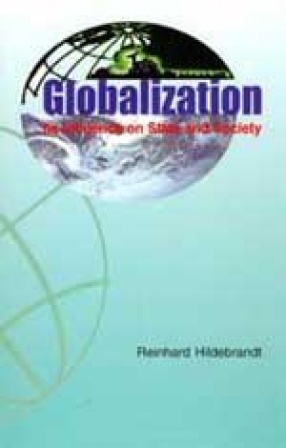
Globalized structures of production and trade destroy the scope for manoeuvre open to the nation state and civil society; consequently, the balance of tension that had hitherto prevailed in national societies between the economy, the state and civil society disintegrates. Under the market power wielded by transnational corporations and under the ever increasing speeds at which capital flows circulate round the world whole seeking out the highest rates of ...

The book describes the extent of damage caused by the tsunami catastrophe of December 26, 2004, and provides valuable information about the destruction of the physical and human environments as well as developing strategies applied for sustainable rebuilding and a return to an adequate livelihood for tsunami-affected people. Relief and rehabilitation measures are described for public life and the peoples’ physical and social lives, including housing, fishing, ...

Rethinking India seeks to unravel the intensive realities of the Nation-State in the emerging geopolitical environment. The book takes into account that instead of clash and conflict, cooperation and collaboration would be the new buzzwords of the 21st century, and that increasingly, progressive nation-states will be moving forward in that direction. They would neither have the time nor the inclination to indulge in protracted political games of one, upmanship, ...

SURESH NEOTIA, scion of one of India's well known industrial families, fell in love with Indian Art almost 40 years ago, and developed a passion and insight for collecting rare and important specimens from the Indian Subcontinent. With the growth of the family business the art collection also increased. Since 1997 a major part of the collection is being housed in the Museum of Jnana-Pravaha, Centre for Cultural Studies & Research set up by Suresh Neotia and his ...

Imagine a remote valley high up in the Western Indian Himalaya, abutting Tibet. A valley that at various times in history has been part of the Tibetan realm. A valley one hundred per cent Buddhist. A valley abounding in fossils of the inhabitants of the prehistoric Tethys Sea. A valley with a stunning moonscape. A valley that is a world within a world. A world they call Spiti. Says Kim, the eponymous protagonist of Rudyard Kipling's classic, "...Surely the ...

This book presents a fascinating account of the years Jesus is believed to have spent in India as a young man. The text is rich in drama, and contains several parables which Jesus related. It tells how he was seen by Prince Ravanna of Orissa and invited to go to India with him; of him learning the art of healing from Udraka, a great Hindu healer in Benares; of his reaction to the caste system and of his living and teaching among the sudras; of his preaching a ...
